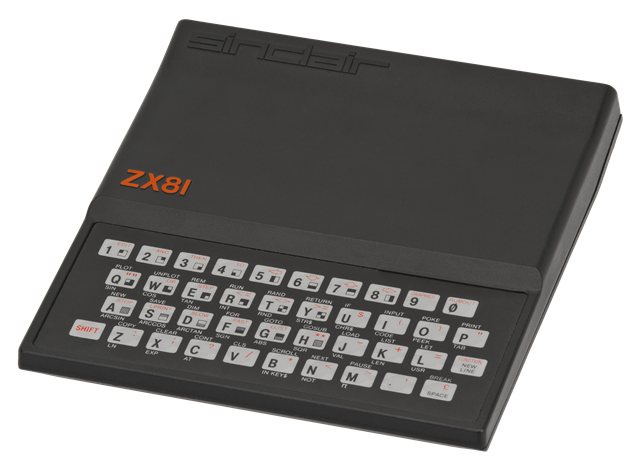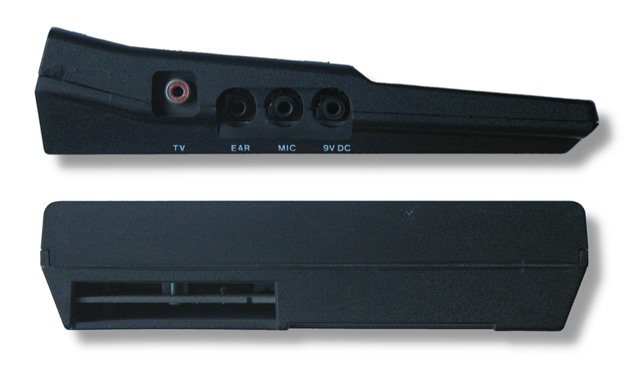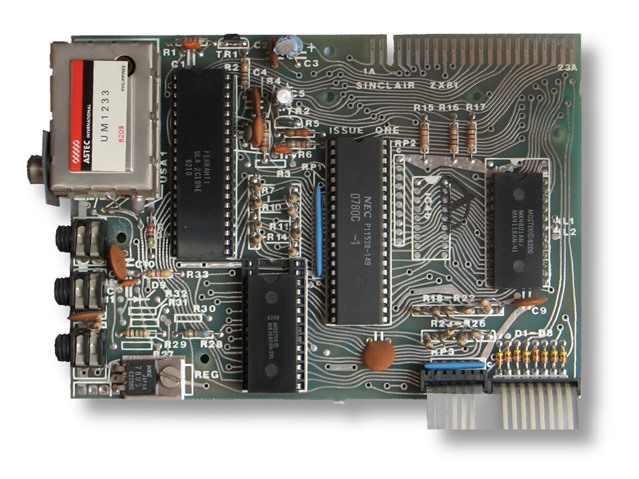On this day in (engineering) history…
Sinclair Research launches the ZX81 home microcomputer, March 5, 1981

March 5, 1981, the day the future launched in Britain - a sleek little black box with no moving parts, costing £69.95 (£336.03 at today’s prices) for a complete unit or £49.95 as a kit. It could be switched on by plugging in the power jack; to see what you are doing with it, you have to plug it into your television. And there you have the ZX 81, the first home micro-computer, which helped kick off Britain’s home computing boom of the 1980s.
Built in Dundee by Timex, but designed and launched by Sinclair Research, the ZX81 was born out of Sinclair’s ZX80 of the previous year. The ZX80 used 21 off the shelf chips, which pushed the price up to £100.
The ZX81 would only use four chips, but packed a Ferranti designed and built gate array (or Uncommitted Logic Array (ULAs)), creating a simpler, cheaper device. It used a Z80 8-bit CPU, running at 3.25MHz, with all of 1k of RAM. This could be supplemented by a 16k RAM pack, which slotted onto the back of the device. The keyboard was ‘touch sensitive’ pad with the immobile ‘keys’ printed onto a membrane.
While the RAM pack could be ‘slotted’ onto the back, this isn’t to say it was stable, proving notoriously wobbly and prone to crashing the computer. The Sinclair Operating Supplement recommended taping it to the machine.

Left side and rear views of the ZX81, showing its edge connector, the three input/output sockets (TV, EAR, MIC) and the 9 V DC power socket - Wikimedia Commons
That CPU was actually faster than some of its rivals, such as the Apple II processor (1.08 MHz) and the Texas Instruments TI99/4A processor (3Mhz 16-bit). Only the IBM PC outpaced it (4.77 MHz 16-bit).
Your home TV doubled as the monitor and a cassette player would allow the user to save and load programs into the device. Otherwise, hours of fun could be had from hand typing the multitude of BASIC programs printed in magazines and debugging them afterward. Text would use a 64 x 48-pixel graphic display or 34 columns by 24 lines.
For any user, there were constant reminders of how basic the ZX81 was. There were no video chips or co-processors, so the CPU had to do everything, such as running the BASIC programming and updating the display image at the same time. Consequently, there was no colour, and certainly no sound. There was a FAST setting, to give the device more ooomph, but if the machine needed more of that RAM, it would white out on the screen.
While the ZX81 was a highly basic machine and was often hacked to add in peripherals such as a real keyboard and printer. Even so, it was also a lucky machine, being right product at the right time. At first, Sinclair sold it through mail order. Then it was taken up by WH Smith to be sold in-store. In February 1982, only 11 months after launch, the ZX81 was being sold at the rate of 40,000 per month, more than Timex could cope with.
 The ZX81 motherboard, Issue One version. The Ferranti ULA is on the left of the image and the NEC Z80 processor is in the centre. The TV output modulator is on the top left. At the bottom right is a ribbon cable connecting to the membrane keyboard. Wikimedia Commons
The ZX81 motherboard, Issue One version. The Ferranti ULA is on the left of the image and the NEC Z80 processor is in the centre. The TV output modulator is on the top left. At the bottom right is a ribbon cable connecting to the membrane keyboard. Wikimedia Commons
The ZX81 took off in the US, selling 15,000 units per month by February 1982 for $149.95 as one unit or $99.95 for the kit, the first computer to sell for under $150. Reviews on the ‘other side of the pond’ were positive.
The ZX81 was a machine built to a price, and tapped into a hidden, unsuspected craving for home computers. Perhaps that price was its main selling point, but it didn’t matter, the ZX81 introduced a generation to home computing, selling over one and a half million machines within two years, to be superceded by the even more capable ZX Spectrum.
------------------------
What are your memories of the ZX81? Did it kickstart your interest in computing and coding?
Alongside the Raspberry Pi, what new or recent device would sit alongside the ZX81 in cheaply ushering in a technology revolution?
-------------------------
By Stephen Phillips IET Content Producer, with passions for history, engineering, tech and the sciences.